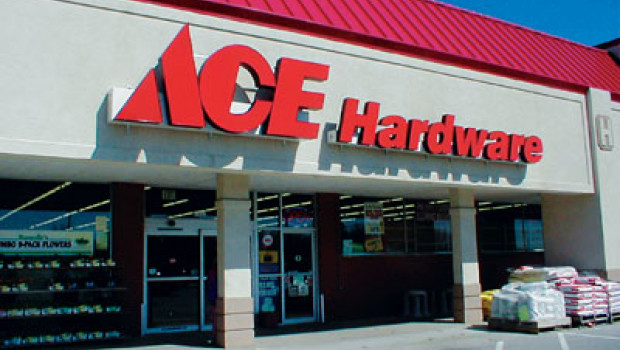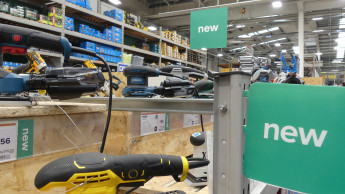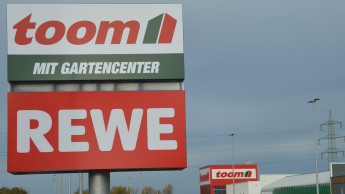Under new leadership for the first time in more than a decade, Ace Hardware, the world’s largest hardware wholesaler, has initiated an aggressive new growth strategy for the next three years
Ace has a new CEO since 1 April: Ray Griffith, who wants to add 1 100 new, modern stores to the national network by 2008. “The goal,” he says, “is to offer consumers cleaner, brighter, more customer-friendly stores in both new and old locations.” He firmly believes there is a role for hardware stores to play as a “convenience” option to big boxes like Home Depot, Lowe’s, Menards and Wal-Mart.
One of Ace’s more modern stores, located in a suburban Midwestern town.
Griffith’s background includes a stint as CEO of Coast to Coast, a hardware wholesaling franchise operation which for many years recruited investors to open small stores with a unified chain look, primarily in smaller towns. But Ace is quite different, since it seeks out and signs up independent retailers as member-owners. They have successful stores of differing sizes and formats, which vary widely in their marketing and merchandising approaches. They built their businesses by the force of their personalities, their independence and their unique merchandising philosophies. Many, of course, kept changing and modernizing as needed over the years, but most continued to build their business by stressing their individuality, with a heavy emphasis on personal service.
For the past few years Ace has been encouraging its dealers to open new stores by offering up to US $ 215 000 in merchandise credits to fill a new store and present its vision of the proper merchandise mix, store layout, computer system, pricing and employee training. This was the heart of its Vision 21 modernization programme inaugurated several years ago.
An early version of Ace’s modernization efforts showing the paint department with improved sign-age.
Griffith says that turning Ace into a powerhouse national chain that looks the same everywhere is key to competing with the big boxes. He has taken as his model Walgreen, America’s largest drugstore chain, which is growing rapidly by internal expansion, not by acquisition, and thinks Ace can do the same. Walgreen, however, is a corporate chain with top-down managerial power, not a cooperative comprising 3 800 individual owners with their own ideas of how to succeed in their local markets.
Griffith spearheaded Ace’s earlier effort to “standardize” and improve its public face. In 2000 he gathered dealer groups at its annual meeting for brainstorming sessions, asking what it would take to get dealers to sign onto a plan to modernize and unify Ace stores.
The resulting plan, Vision 21, met with remarkable success: 2 500 of the 4 800 stores were converted to upgrades, which Ace helped by providing the merchandise credits as well as working out bank credits to provide attractive terms for new store loans and remodellings.
However, 1 600 stores have so far resisted the modernization and standardization efforts. And Ace also discovered that nearly 550 of its units did not even want to identify themselves as Ace stores by using the name in any way. Those not using the name no longer enjoy all the financial benefits available to Ace-identified stores.
A sign pointing to Ace’s rental service.
Griffith says all new stores are to be at least 1 100 m² in size, considerably larger than today's average Ace outlet of 840 m². In fact, there are many older Ace member-dealers operating stores of 450 m² or less, particularly in urban areas and very small towns. According to Griffith, dealers who signed up for Vision 21 are enjoying greater sales gains than the average Ace dealer – 4 per cent in 2004 compared with a 1.5 per cent increase for those not participating.
Less publicized but equally contentious for some dealers is Ace’s insistence on greater control of products and brands in dealer inventories. This perhaps reflects Griffith’s Coast to Coast experience, in which the central office selected products and brands, so that advertising and assortments were common to all stores. Individually the dealers could supplement their selections by buying from other wholesalers, but there was always more uniformity than among any other group of hardware stores.
The Ace stores’ public image is to become more uniform.
Some industry observers think other wholesalers could benefit by selling items to Ace dealers that are no longer “approved” lines. They wonder if Ace really will not stock as broad an assortment as previously or if it will simply concentrate its marketing efforts more on “approved” lines.
Another consideration will be the future role of brand franchises among Ace dealers. Some very powerful brands are marketed on a restricted basis among select dealers, who have built up strong sales promoting those brands. It would seem that Ace would not want to interfere with such distribution agreements.
Ace dealers stress their individuality and personal service.
Griffith, whose career ranges from his Coast to Coast experience to a stint with Servi-Star Coast to Coast when Servi-Star acquired Coast, wants to avoid the kind of upheaval that decimated Cotter & Co., the former Number one wholesaler, when it merged with Servi-Star Coast to Coast and became Tru-Serv. In the process it suffered severe financial and operational problems, losing thousands of retailers – many to Ace. To avoid upsetting younger, aggressive dealer-members, the company has formed a “progressive Ace leader” advisory council of dealers 40 and under. It is this next generation of owners that Ace realizes it must satisfy as it seeks to grow.
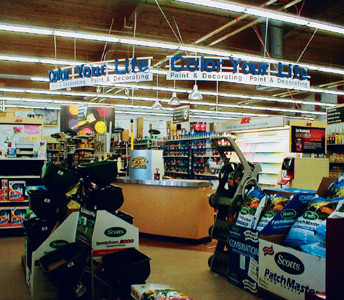
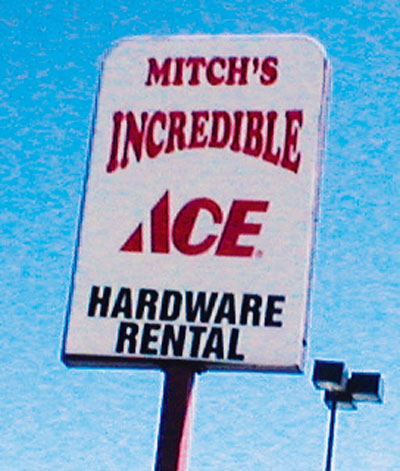
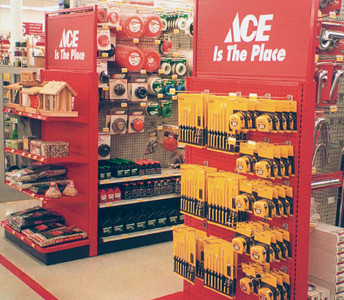
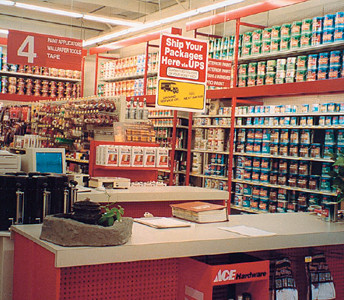

 Menü
Menü




